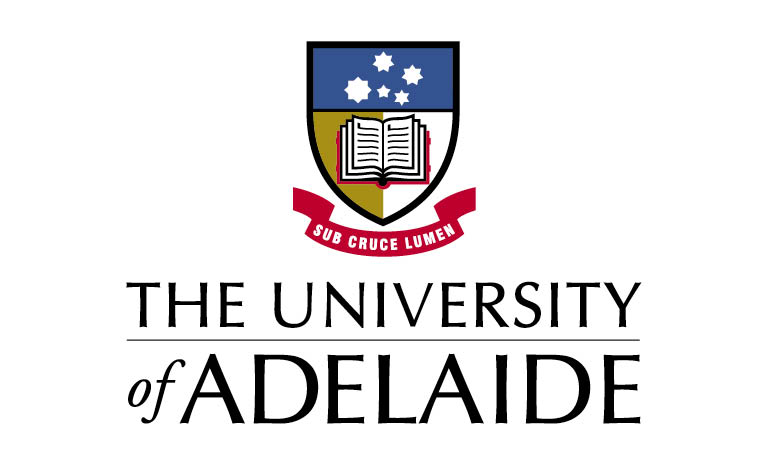Acacia Systems changed its name from Acacia Research in 2018 but this has not diminished the company’s commitment to Research and Development.
The company has been undertaking world leading research in the area of data fusions and tactical tools for more than 25 years, from single sensor fusion and torpedo evasion in the ‘90s to Force ASW systems and oceanographic modelling in the ‘00s.
This deep understanding of the requirements of the defence community and insight into the future advancements in technology that will yield the maximum benefit has informed the company’s choice of focus for the next stage of R&D, in artificial intelligence, unmanned systems and mission system architectures.

Machine Learning
Acacia’s investment in R&D over many decades has been based on applying leading algorithmic approaches to real world mission critical problems.
We understand that there are real and significant opportunities to increase the operational capability of Australia’s defence capabilities through the application of Artificial Intelligence techniques to the combat system functions of detection, tracking, classification and localisation.
We understand that modern mission and combat system management systems are essentially advanced data processing platforms equipped with state-of-the-art instrumentation and sensors. The sophisticated sensors will form the basis of the next-generation combat system. However, technological progress also necessitates the development of new techniques for filtering and fusing information from the sensors so that the combat systems can extract maximum utility from the sensed data.
Recent breakthroughs in Machine Learning, such as the celebrated deep learning methodology, have resulted in unprecedented progress in smart autonomous systems. Google’s driverless cars are a pertinent example of the disruption caused by the new technology. The natural progression of Artificial Intelligence technology in Defence is toward smart sensor systems.
Partnership with University of Adelaide’s Institute of Machine Learning

Acacia’s research partner for our work in AI is the Australian Institute of Machine Learning (AIML). AIML was established in 2017 by incorporating the Australian Centre of Visual Technologies (ACVT) at the University of Adelaide which is one of the world’s best Machine Learning research groups with more than 60 people. AIML has been independently assessed to be:
- The best in the world on many benchmarks.
- Best in pedestrian detection, reconstructing 3D from 2D, semantic segmentation.
- Best in tracking and identification, overhead image classification and face detection.
- Second in the international ImageNet Scene Parsing challenge in 2008.
- AIML was the first University team, beating Google, Intel, Oxford, IBM, and Carnegie Melon.
- Fourth in the world for Computer Vision and Pattern Recognition research publications.

Unmanned Systems
In recent years, significant advancements have been observed in the integration of unmanned systems with different defence platforms.
Integration of existing and upcoming systems for planning, surveillance, control, and monitoring will enhance the capabilities of warfare platforms.
The ability to communicate and transmit targeting data is crucial to extensively support military operations in the near future.
The opportunity for UXV (unmanned aerial, surface and subsurface vehicles) represents and ongoing focus for Acacia’s research and development effort.
Partnership with Flinders University’s Centre for Maritime Engineering, Control and Imaging

Flinders University CMECI The Centre for Maritime Engineering, Control, and Imaging facilitates fundamental research in the broad field of autonomous systems. Primarily focusing on Maritime Autonomy, including surface, underwater and aerial vehicles.
Research activities are mainly concerned, with autonomous mission planning, situation awareness, navigation, guidance and control, and autonomous launch and recovery of unmanned platforms.
Other related activities encompass fundamental contributions to control, estimation, image processing, structural analysis, robotics, and the design of novel embedded hardware.
The Centre is well equipped with a number of surface and underwater vehicles and has developed excellent collaborative activities with key Defence industry primes and companies such as Acacia Systems.

Advanced Mission & Data System Architectures
Dedicated activities to enhance Acacia’s Mission Management System (AMMS) performance. AMMS represents a state-of-the-art mission management system architecture but the evolution of this architecture continues through dedicated activities to enhance its capability, versatility and performance.
The focus of this research and development includes:
- High performance service-oriented, publish/subscribe federated architecture.
- Data modelling and unification of air, surface and sub-surface domains.
- Adaptive deployment of processes, monitoring, redundancy, live fail-over and data loss minimisation.
- Intuitive, responsive user interfaces, streamlined for high operator workload environments.
- Mission data archiving, library management, data review and replay.
- Inter-system data exchange across wide and narrow links, progressive data exchange and information backfill.
- Data import and export of 3rd-party standard formats.
- Data signing at point of capture and auditing of subsequent edits/annotations.
